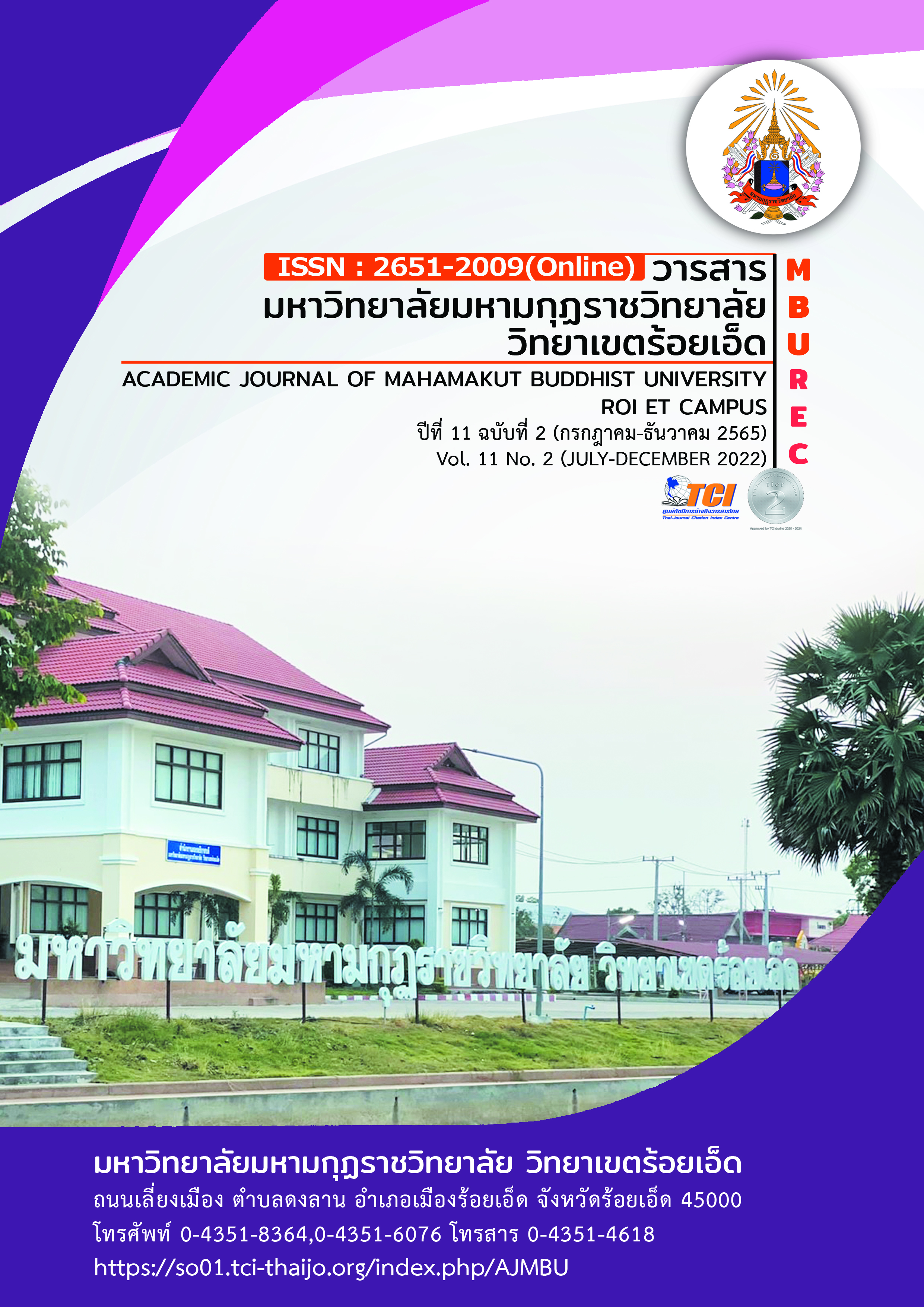THE DEVELOPMENT OF LEARNING MANAGEMENT USING MODEL-BASED LEARNING HROUGH PROFESSIONAL LEARNING COMMUNITY IN GEOGRAPHY FOR MATTHAYOMSUKSA 4 OF MAHASARAKHAM UNIVERSITY DEMONSTRATION SCHOOL
Main Article Content
Abstract
The objectives of the research article were to examine the consequences of using professional learning community to developlearning management upon model-based learning in Geography of Matthayomsuksa 4. This study is an action research. The sample group was 40 students of class 4/1 of Mahasarakham University Demonstration School. The instruments used were the minutes of meeting form, observation form and teaching note. Data was analyzed as stated by the purpose of this research and presented through descriptive analysis.
The results of the study were as follows: Plan–creating a collaborative working group with department of Geography, designing lesson plans focusing on active learning. Act–teaching topography through model-based learning, guiding for building model oftopography in the form of Jigsaw. Observe–not only could observer be adviser in creating topography, but also add knowledge, participate the discussion and give the marks or the reward to students. Reflect–meeting after the observation at least two times with a week gap in between.
Article Details

This work is licensed under a Creative Commons Attribution-NonCommercial-NoDerivatives 4.0 International License.
References
กิตติคุณ รุ่งเรือง. (2556). การจัดการเรียนการสอนสาระภูมิศาสตร์. กรุงเทพมหานคร : สุวีริยาสาส์น.
ชูชาติ พ่วงสมจิตร์. (2558). ชุมชนการเรียนรู้ทางวิชาชีพ. พังงา : วิทยาลัยชุมชนพังงา จังหวัดพังงา.
มนัส สุวรรณ. (2549). การจัดการสิ่งแวดล้อม : หลักการและแนวคิด. กรุงเทพมหานคร : โอเดียนสโตร์.
เรวดี ชัยเชาวรัตน์. (2558). วิถีสร้างครูสู่ศิษย์ : ชุมชนการเรียนรู้ทางวิชาชีพ: เอกสาร ประมวลแนวคิดและแนวทางพัฒนาวิชาชีพครูสำหรับคณะทำงานโครงการ พัฒนาระบบกลไกและแนวทางการหนุนเสริมชุมชนการเรียนรู้ทางวิชาชีพ เพื่อพัฒนาผู้เรียน. กรุงเทพมหานคร : สำนักงานส่งเสริมสังคมแห่งการเรียนรู้และคุณภาพเยาวชน.
สิทธิโชค บุญเอื่ยม และคณะ. (2563). การศึกษาความคิดสร้างสรรค์ และความสามารถในการสร้างแบบจำลองทางวิทยาศาสตร์ของนักเรียนชั้นมัธยมศึกษาปีที่ 6 ด้วยการจัดการเรียนรู้โดยใช้แบบจำลองเป็นฐาน. วารสารศึกษาศาสตร์ มมร. 8(1). 159-172.
DuFour, R. (2006). Professional learning communities: A bandwagon, an idea worth considering, or our best hope for high levels of learning?. Middle School Journal. 39. 4-6.
Gilbert, J. K., Boulter, C. J., & Elmer, R. (2000). Positioning models in science education and in design and technology education. In Gilbert, J. K. Boulter, C. J., Developing Models in Science Education. Netherlands : Kluwer cademic Publishers.
Harrison, A. G., &Treagust, D. F. (2000). A typology of school science models. International Journal of Science Education. 22(9). 1011-1026.
Kemmis, S. and R. McTaggart. (1998). The Action Research Planner. Victoria : Deakin University Press.
Leonard, J.J. (2003). The physical properties of compost. Compost. Science&Utilization. 11(3). 238–264.
Owen, C. L. (1998). Design research: building the knowledge base. Design Studies. 19(1). 9-20.


